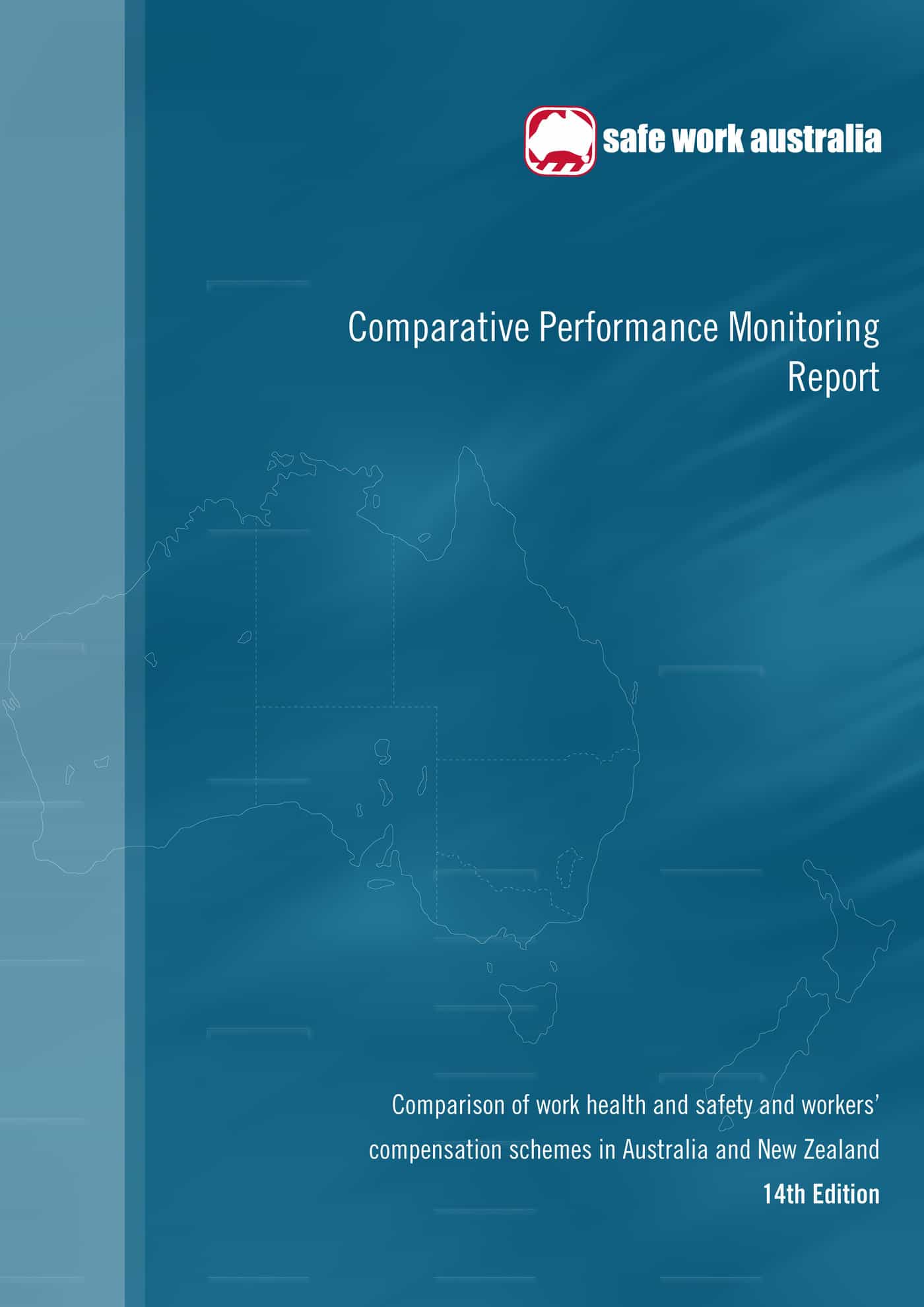In The Australian newspaper on 24 November 2012, columnist Judith Sloan discussed how the harmonisation of Australia’s occupational health and safety laws are
“a present glaring example of a despot stripped bare…”
Earlier this year, in April, Sloan said harmonisation was dead so one could say she is flogging a dead horse. Some parts of her November article (only available online via subscription) do not seem to be supported by evidence and her terminology occasionally indicates a lack of understanding of occupational health and safety matters.
 Sloan rehashes some of the April 2012 article including the image of crying public servants but gives prominence to the inconvenience to some companies under the Comcare scheme. Several years ago some national companies opted out of State-based OHS and workers’ compensation schemes in order to join the only national safety scheme that was available at the time. Part of the reason for this move was that it provided national coverage for national businesses. Some complained because Comcare was seen as having a much smaller enforcement team and that the OHS laws were, somehow, less than in many of the States. This option was provided under a Conservative Government to assist business. The same government instigated the OHS harmonisation process.
Sloan rehashes some of the April 2012 article including the image of crying public servants but gives prominence to the inconvenience to some companies under the Comcare scheme. Several years ago some national companies opted out of State-based OHS and workers’ compensation schemes in order to join the only national safety scheme that was available at the time. Part of the reason for this move was that it provided national coverage for national businesses. Some complained because Comcare was seen as having a much smaller enforcement team and that the OHS laws were, somehow, less than in many of the States. This option was provided under a Conservative Government to assist business. The same government instigated the OHS harmonisation process.
Continue reading “Flogging a dead horse when it is still alive, though looking poorly”


